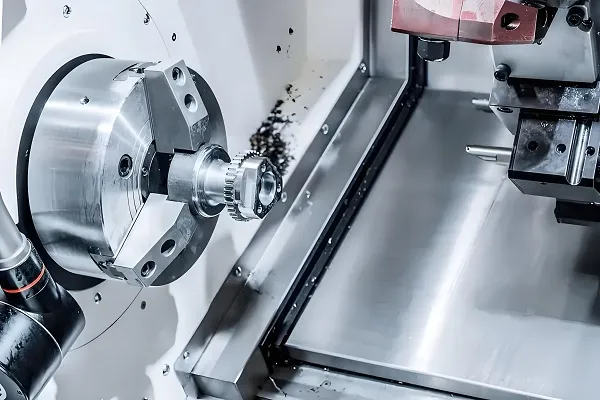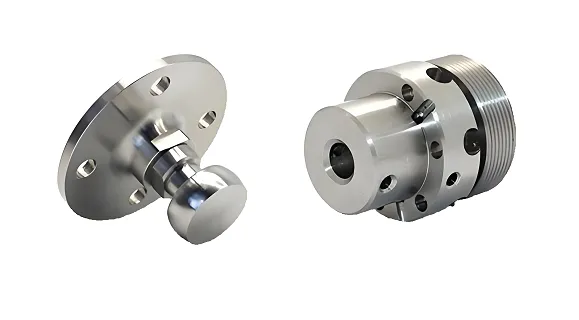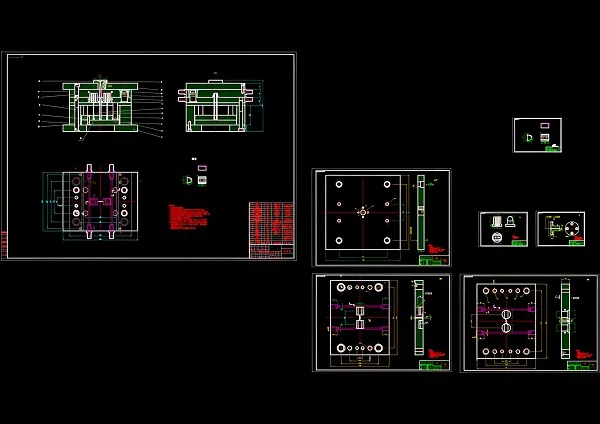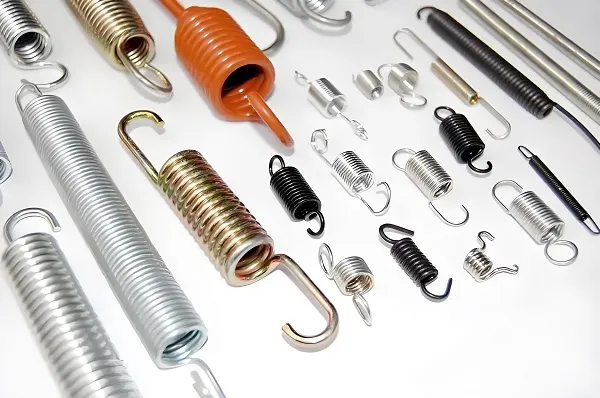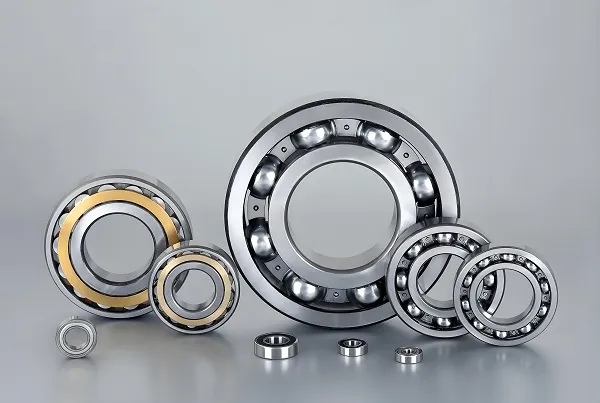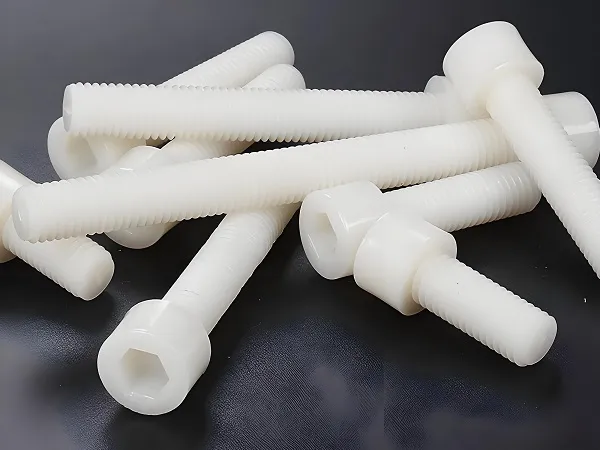1. What is CNC Machining?
1.1 Basic Concept of CNC Machining
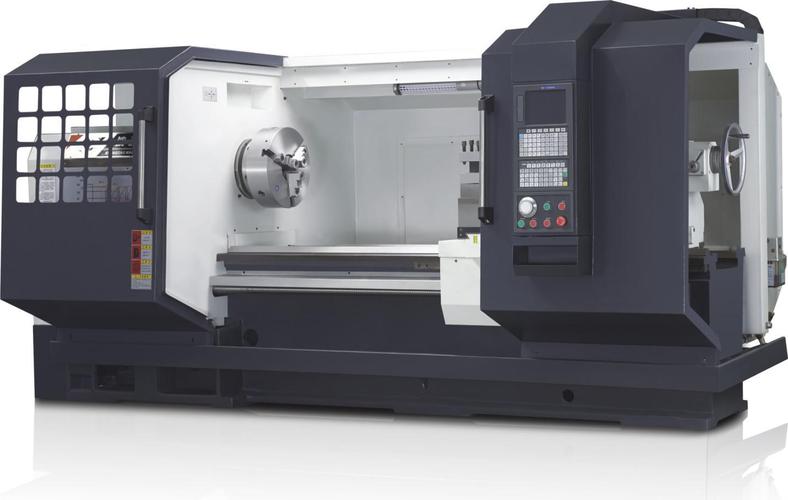
- Computer Control: Using program code instead of manual operation
- Automatic Operation: Machines automatically complete processing according to programs
- Ultra-Precision: Errors can be controlled within a fraction of a human hair
- Consistency: All mass-produced parts are identical
1.2 Differences Between CNC Machining and Traditional Machining
|
Aspect
|
CNC Machining
|
Traditional Machining
|
|
Operator
|
Computer program control
|
Manual operation by skilled workers
|
|
Precision Level
|
Ultra-precise (0.001mm)
|
Relatively precise (0.01mm)
|
|
Part Consistency
|
All parts are identical
|
Each part may have slight differences
|
|
Capabilities
|
Can easily handle complex shapes
|
Mainly for simple shapes
|
|
Product Changeover
|
Just modify the program
|
Need to readjust the machine
|
|
Skill Requirements
|
Programming and computer operation
|
Manual craftsmanship and experience
|
1.3 Development History of CNC Machining
- 1952: The first CNC machine tool was born in the United States, controlled by vacuum tubes
- 1959: Transistors were adopted, making it smaller and more reliable
- 1965: Integrated circuits began to be used
- 1970: Minicomputers began to be applied
- 1974-present: Microprocessor era, which is the CNC system we use now
2. How Does CNC Machining Work?
2.1 Basic Working Principle
- Engineers draw 3D models of parts using computer software (such as SolidWorks)
- This model contains all information about the part’s shape, size, material, etc.
- Import the designed 3D model into another software (CAM software)
- The software calculates the tool path based on the part shape
- Finally, generate code that the machine can understand (G-code)
- Input the program into the CNC machine
- The machine automatically controls the tool movement according to program instructions
- Gradually transforms the raw material into the desired part shape
- Like drawing the “construction blueprint” for the part
- Using specialized design software, precise to every detail
- Save in a file format recognizable by computers
- Telling the machine “how to make” this part
- Selecting appropriate tools and processing methods
- Calculating tool movement routes and speeds
- Generating executable code for the machine
- Fixing raw materials on the machine workbench
- Installing the required tools
- Telling the machine where the part is located
- Transferring the programmed code to the machine
- First run a trial to ensure no problems
- Start formal processing
- The machine automatically works according to the program
- The operator only needs to monitor the process
- After processing is completed, check the part dimensions
- Ensure compliance with design requirements
- Remove burrs and perform surface treatment
- Qualified parts are ready for use
2.3 The “Language” Machines Understand – G-code
|
G-code
|
Function Description
|
Simple Understanding
|
|
G00
|
Rapid Positioning
|
Tool moves quickly to specified position
|
|
G01
|
Linear Interpolation
|
Tool moves along a straight line
|
|
G02/G03
|
Circular Interpolation
|
Tool moves along an arc
|
|
G04
|
Dwell
|
Tool pauses for a period of time
|
|
G28
|
Return to Origin
|
Tool returns to initial position
|
3. What Components Make Up a CNC Machine?
3.1 “Body Structure” of CNC Machines
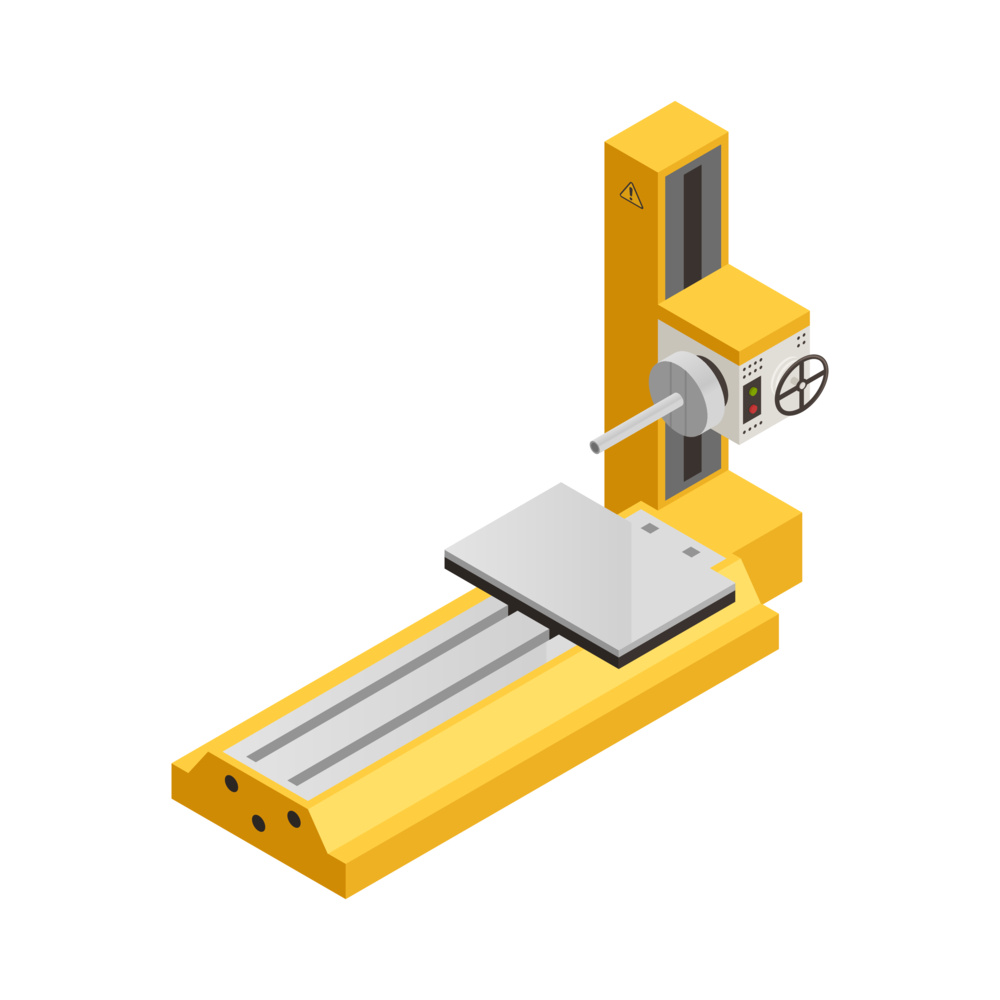
- Bed and Column: Like the human skeleton, supporting the entire machine
- Spindle: The part that drives the tool or workpiece to rotate
- Worktable: The place where raw materials are placed, which can move
- Guideways: Ensuring precision and stability of movement
- Control Panel: The human-machine interface where operators work
- Display Screen: Showing programs and processing status
- Processor: Like a computer’s CPU, processing various instructions
- Servo Motors: Providing power to make the machine move
- Ball Screws: Converting rotational motion into linear motion
- Reducers: Controlling motion speed and torque
3.2 “Nervous System” of CNC Machines
- Encoders: Detecting motor speed and position
- Linear Scales: Detecting the precise position of the worktable
- Sensors: Monitoring various parameters during processing
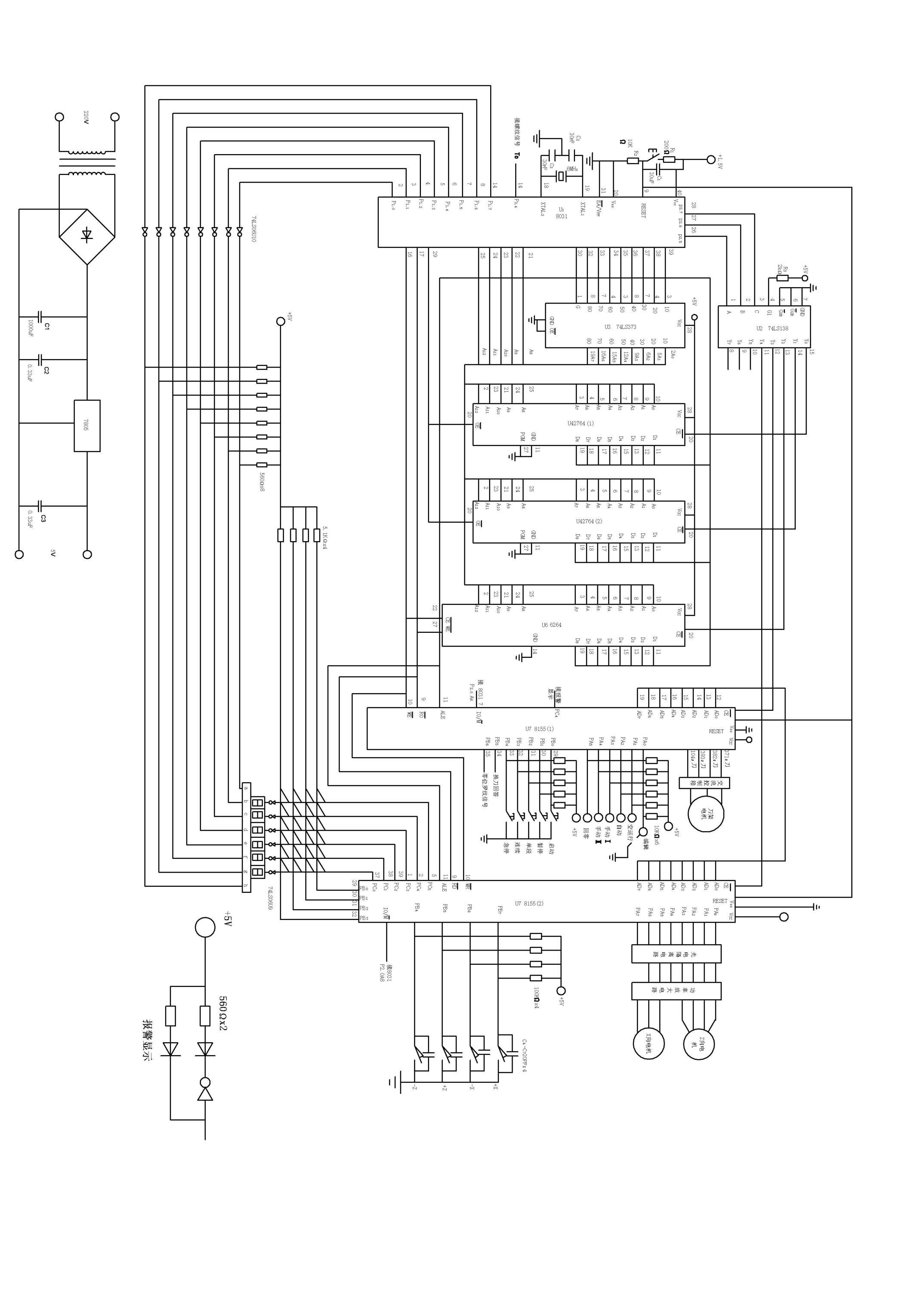
- The computer issues an instruction to “move to position 100mm”
- The motor drives the worktable to start moving
- Sensors real-time detect the actual position
- If it finds that only 99.99mm has been moved, it will continue adjusting
- It stops only when it accurately reaches the 100mm position
4. What Types of CNC Machining Are There?
4.1 Classification by Processing Method
- Working Method: Workpiece rotates, tool moves
- Processed Parts: Shafts, discs (such as transmission shafts, flanges)
- Characteristics: Specialized in processing round parts
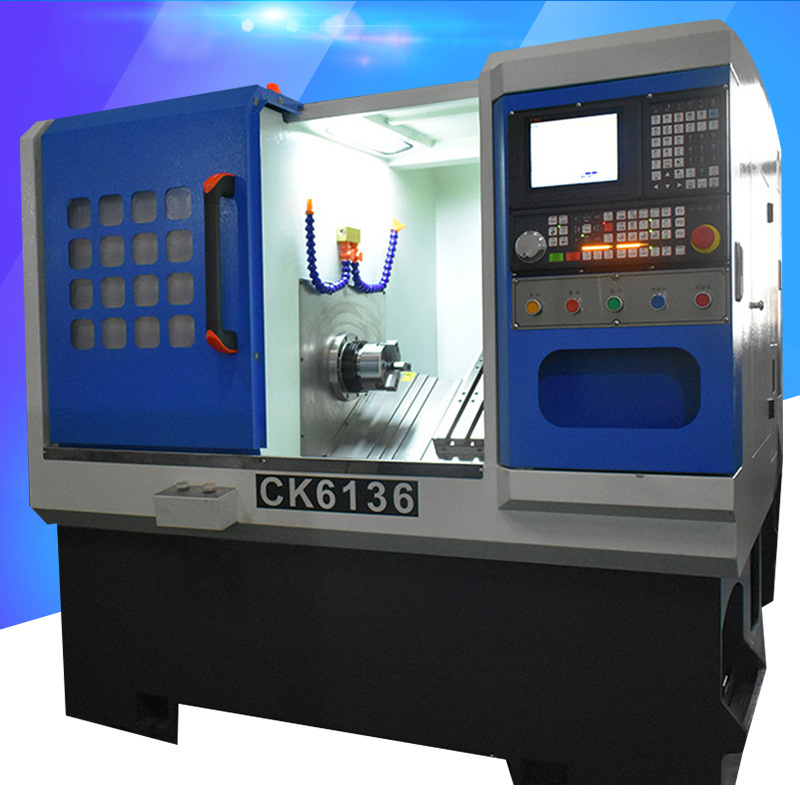
- Working Method: Tool rotates, workpiece moves
- Processed Parts: Complex-shaped parts (such as boxes, brackets)
- Characteristics: Can process planes, grooves, complex curved surfaces
- CNC Drilling Machines: Specialized machines for drilling holes
- Machining Centers: Comprehensive processing equipment with more complete functions
- EDM (Electrical Discharge Machining): Special method for processing hard materials
4.2 Classification by Number of Axes
- Axis Configuration: X, Y, Z directions (front-back, left-right, up-down)
- Capability: Can process most common parts
- Application: General mechanical manufacturing
- Axis Configuration: Three linear axes + one rotational axis
- Capability: Can process more complex 3D shapes
- Application: Mold manufacturing, aviation parts
- Axis Configuration: Three linear axes + two rotational axes
- Capability: Can process all surfaces of a part in one clamping
- Application: Aerospace, precision molds
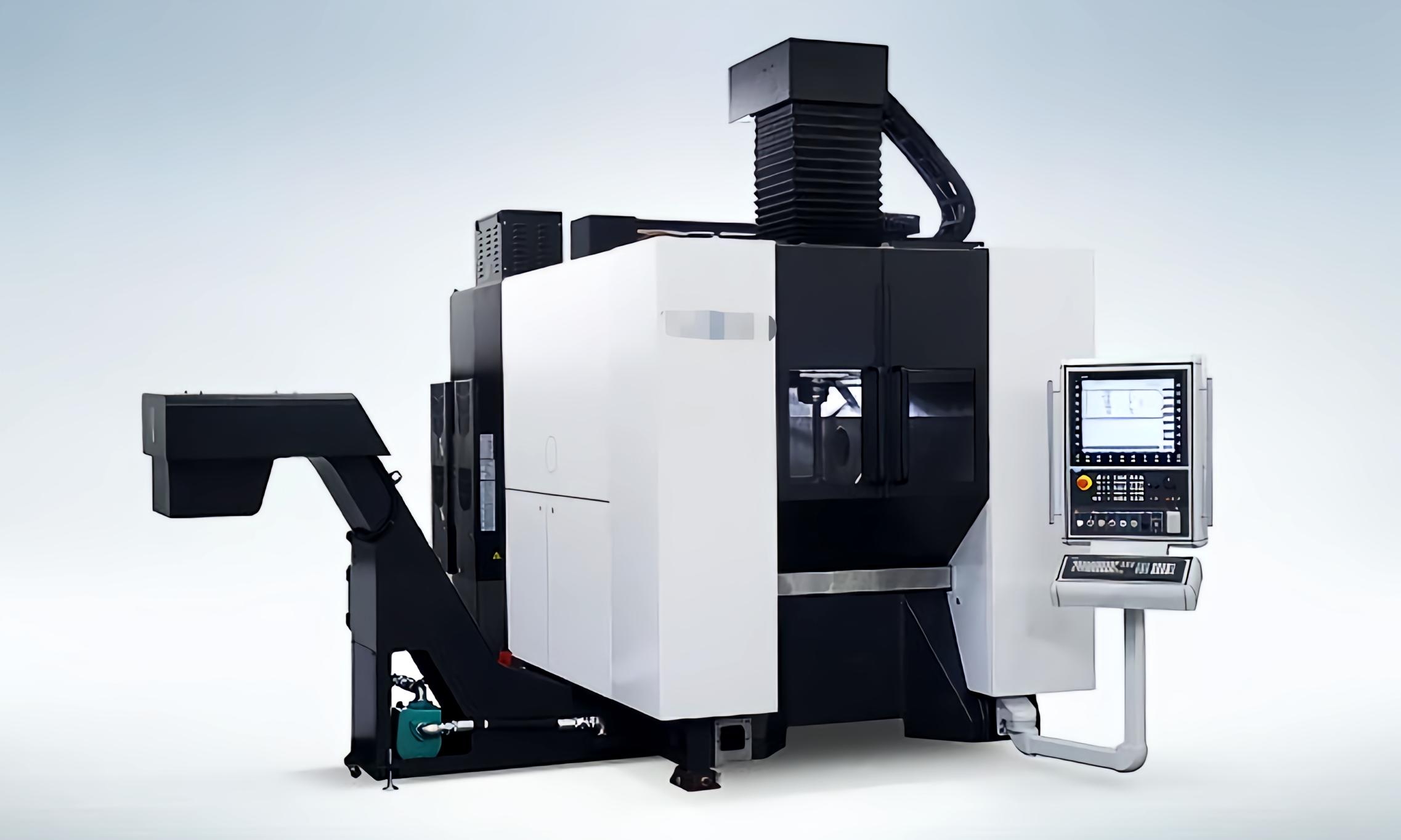
5. What Are the Advantages and Disadvantages of CNC Machining?
5.1 “Superpowers” of CNC Machining
- Processing errors can be controlled within 0.001mm
- Much finer than a human hair
- All mass-produced parts are identical
- Can work 24 hours a day without interruption
- Multiple processing steps can be completed in one clamping
- Changing products only requires program modification, very flexible
- Can process complex parts that traditional machine tools cannot
- Can process various materials (metals, plastics, composite materials)
- Can handle both large and small parts
- Controlled by software, relatively simple to operate
- Can be remotely monitored and managed
- Processing process data can be completely recorded
5.2 “Minor Disadvantages” of CNC Machining
- High equipment investment cost
- Maintenance costs are also not low
- Software purchase is also needed
- Requires professional operators
- Programming also requires specialized knowledge
- Maintenance also requires technical personnel
- Belongs to “subtractive manufacturing”, generates a lot of chips
- For precious materials, the waste cost is high
5.3 Where is CNC Machining Used?
- Processed Parts: Aircraft engine blades, fuselage structural parts
- Requirements: High precision, high strength, complex shapes
- Characteristics: Small batch, high value
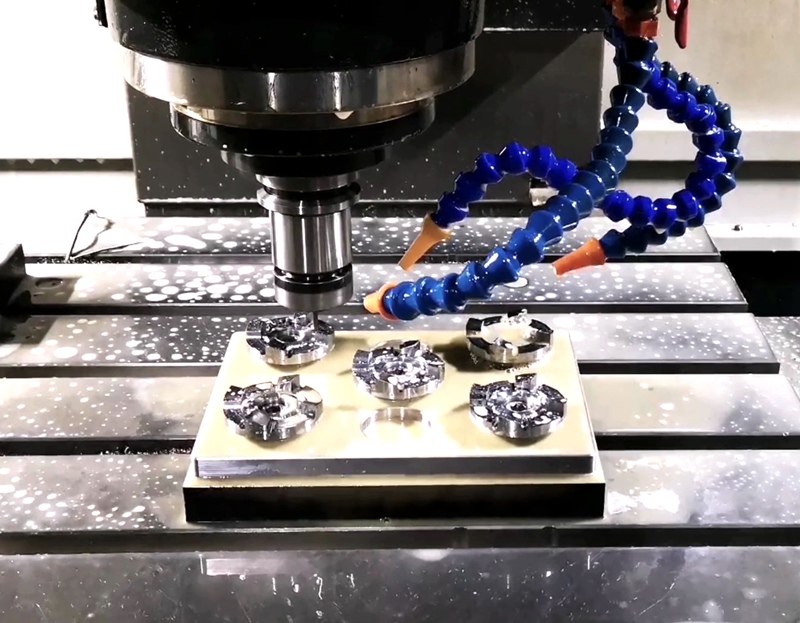
- Processed Parts: Engine blocks, transmission parts
- Requirements: Large batch, high efficiency, good consistency
- Characteristics: High degree of production line automation
- Processed Parts: Artificial joints, surgical instruments
- Requirements: Ultra-high precision, smooth surface, good biocompatibility
- Characteristics: Small batch customization
- Processed Parts: Mobile phone cases, connectors, heat sinks
- Requirements: High precision, good appearance, fast updates
- Characteristics: Mass production
6. How to Choose the Right Processing Method?
6.1 Basic Selection Principles
- Small batch (below 1000 pieces): Suitable for CNC machining
- Medium batch (1000-10000 pieces): Need to comprehensively consider costs
- Large batch (above 10000 pieces): Other methods like stamping may be more cost-effective
- Simple parts: Traditional processing may be more economical
- Complex parts: Must use CNC machining
- Precision parts: CNC machining is the first choice
- General precision: Traditional processing can meet requirements
- High precision: Must use CNC machining
6.2 Recommendations for Enterprises
- Choose suitable equipment according to your own processing needs
- Consider future development and reserve expansion space
- Choose brands with reliable quality and good service
- Strengthen skill training for operators
- Cultivate technical personnel who understand programming
- Establish a professional technical team
- Strictly implement the first article inspection system
- Real-time monitoring of processing processes
- Regular maintenance and calibration of equipment
7. Future Development of CNC Machining
7.1 Technology Development Trends
- Artificial Intelligence Application: Machines can optimize processing parameters by themselves
- Digital Twin: Establishing virtual machine models to simulate processing in advance
- Autonomous Decision Making: Machines can make decisions by themselves based on conditions
- Developing towards nanoscale precision
- Processing surfaces becoming smoother and smoother
- More advanced online measurement and compensation technology
- More energy-efficient equipment
- Reducing the use of cutting fluids
- Chip recycling and reuse
7.2 Application Field Expansion
- New Energy Vehicles: Battery casings, motor parts
- 3D Printing Combination: Hybrid manufacturing of CNC machining and 3D printing
- Personalized Customization: Production of small-batch personalized products
- Remote Services: Manufacturers remotely monitor and maintain equipment
- Cloud Manufacturing: Internet-based manufacturing service platforms
- Smart Manufacturing: Factory automation and intelligence

